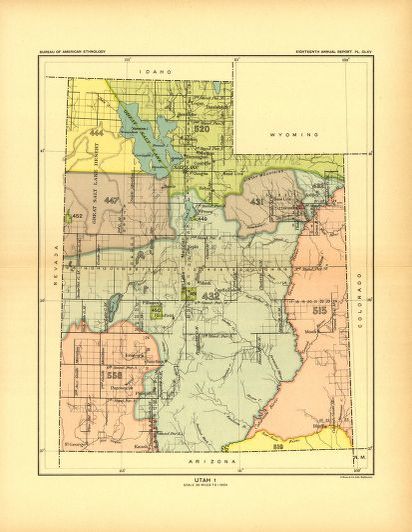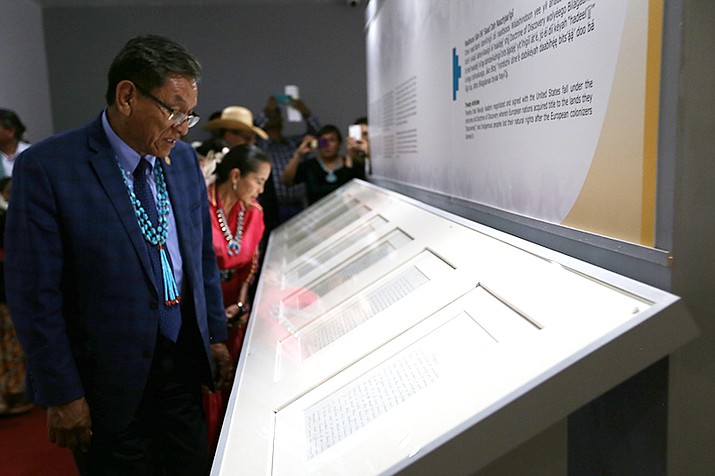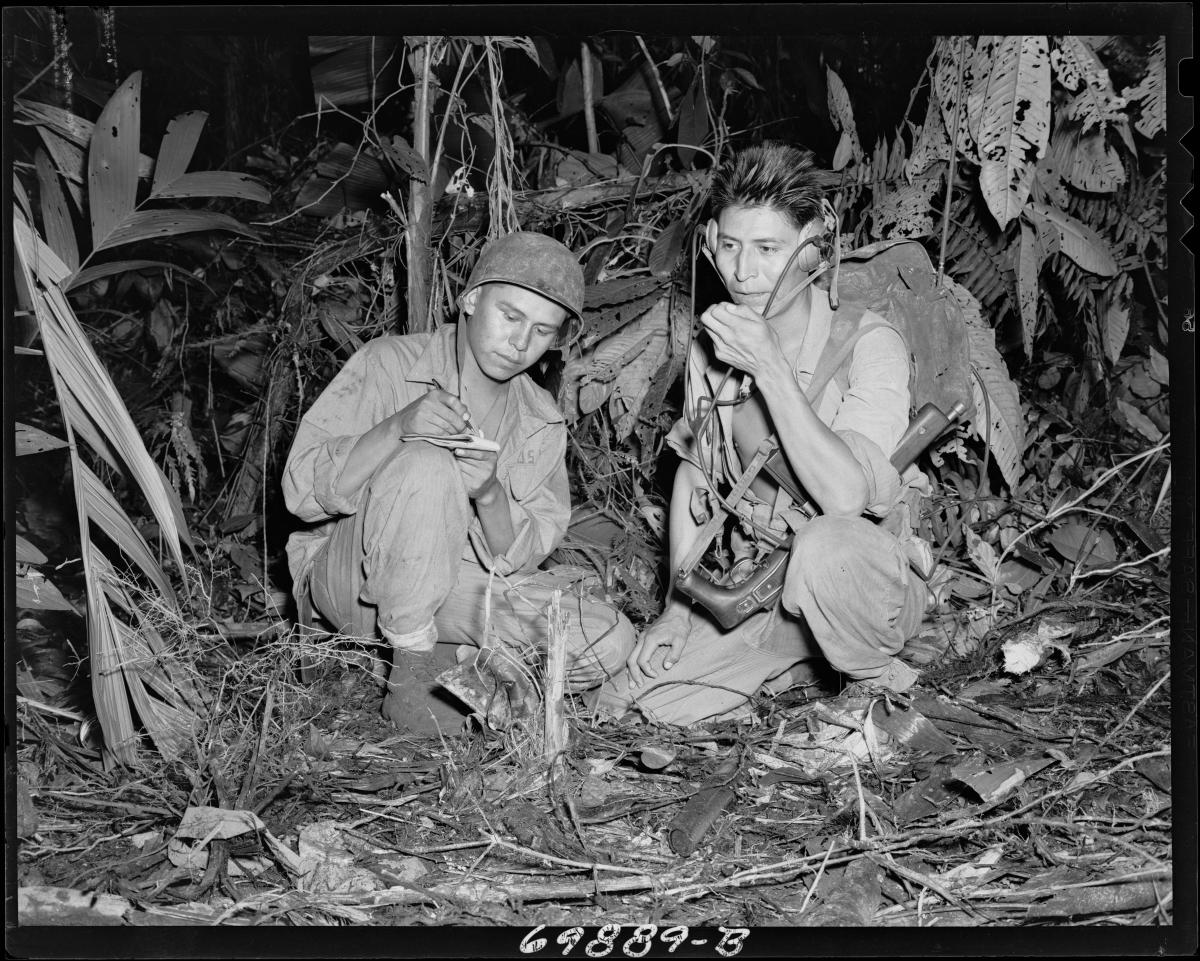
National Archives Educators Engage with Navajo School on Civics, Treaties
By Victoria Macchi | National Archives News
WASHINGTON, July 7, 2022 — From offices on the East Coast, National Archives and Records Administration educators met with students from the Aneth Community School on the Navajo Nation in southeast Utah last month, beginning what the education team hopes will become a series of remote lessons tailored to Native American classrooms.
“We wanted to show how different groups are represented in the National Archives and the roles they’ve played throughout our history,” said Christopher Zarr, an education specialist at NARA who worked on the project.
Over several weeks, 64 students from kindergarten through grade 5 at the Bureau of Indian Education (BIE) school attended the live classes, talking directly to NARA staff.
In the first session, the National Archives team explained the function of archives by relating it to the students and their home. They asked, for example, if the students kept photo albums or had family items that they cherished, like Navajo blankets.
An introduction to the National Archives, our holdings, and civics followed.
The third lesson focused on a record of high value to the local population; school leaders shared with the education team that for their community, they wanted to look at the Treaty of 1868, which is among the American Indian treaties held by the National Archives.
Education specialist Sara Lyons Davis met with students online to look at the treaty together.
“They said: ‘this is the document that is most important to us,’” recounted Lyons Davis, who crafted the lesson plan. “And that’s exactly what we wanted: to highlight the document that would resonate the most with the students. We want communities to be able to see themselves and their history through our records, and for the records to feel accessible to the students.”
“We’re not there to interpret the document for the students,” explained Lyons Davis. “We work with them in an inquiry-based way so they can interpret the documents for themselves.”
That included, in part, explaining what a treaty is for elementary-aged students.
“We asked them, ‘If someone broke an oath or a promise, for example, how would you feel?’” Zarr said.
“We wanted to show the students that these documents are still valid. They still empower them. That’s our business in the education world—to empower everyone to work toward a more perfect union. To help teach how the treaty came about—how their ancestors stood up and demanded it,” said Lyons Davis.
The lesson about the treaty is one the team hopes can be shared with other BIE schools in the Navajo Nation and tailored for other Native American communities throughout the United States.
“This sort of civic education is invaluable in recognizing the government-to-government relationship between the United States and sovereign tribal nations and in helping tribal nations hold the federal government accountable for promises made to Native people,” said Cody White, subject matter expert for Native American records at the National Archives.
"The hundreds of treaties with tribal nations conducted through 1871, the originals of which are housed at the National Archives in Washington, DC, are not merely historical footnotes but, as the Supreme Court has repeatedly ruled, legally bind our country still today,” he said.
White emphasized that the treaties are more meaningful than just words to the Native communities; they are a “sacred connection that transcends time."
The education team plans to conduct the webinar at other schools on the Navajo Nation for students through grade 12 in the fall.
They intend to adapt the program to several more BIE schools in spring 2023.
Aneth Community School is one of 183 BIE schools run through the U.S. Department of the Interior’s federal Indian education programs, which instruct approximately 46,000 students across the country.
Navajo Nation representatives, U.S. Senator Mitt Romney's office staff, and U.S. Representative John Curtis attended the lessons.
Teachers within the BIE system interested in learning more about the pilot program can reach out to the National Archives education team: education@nara.gov.


